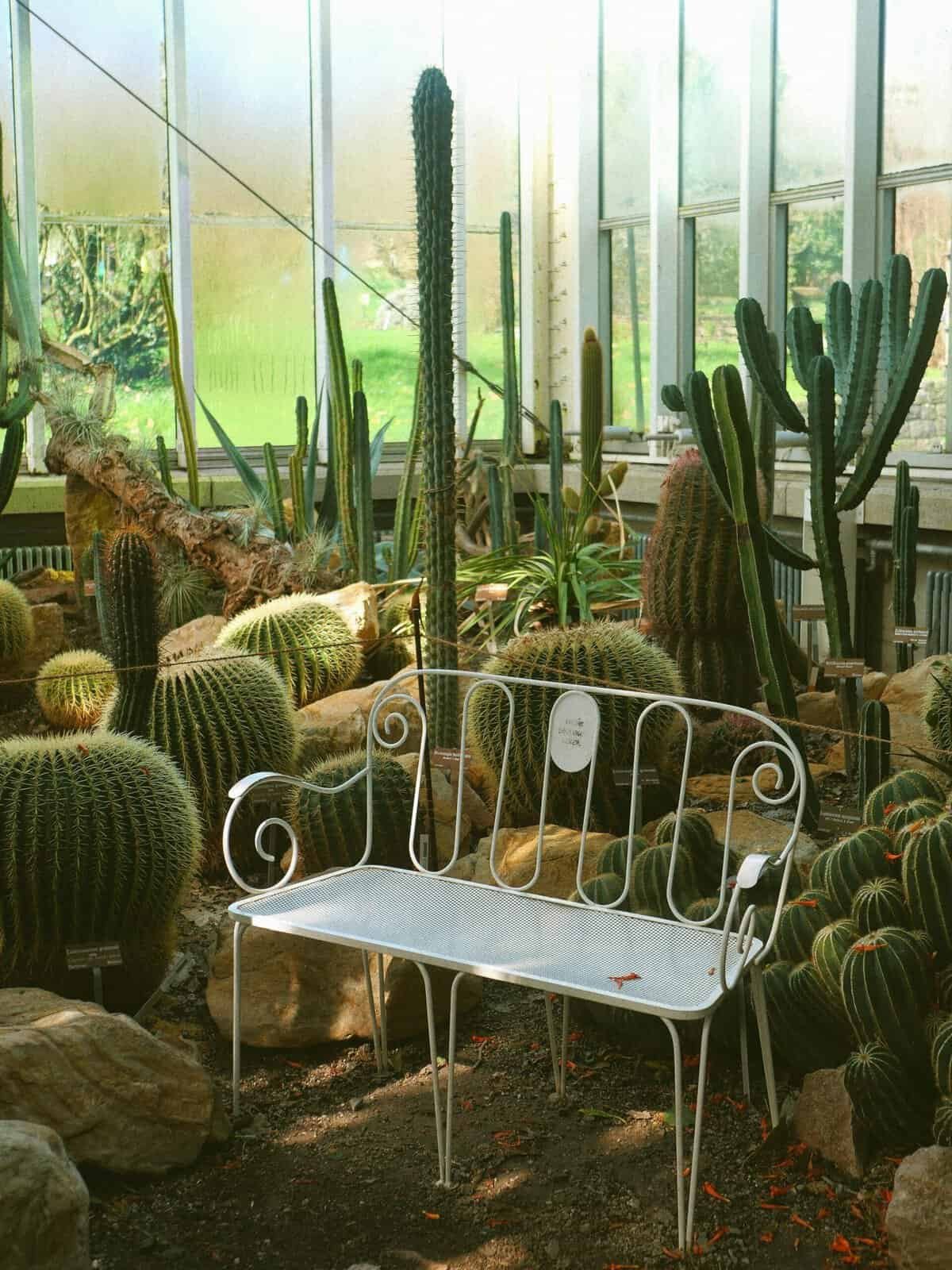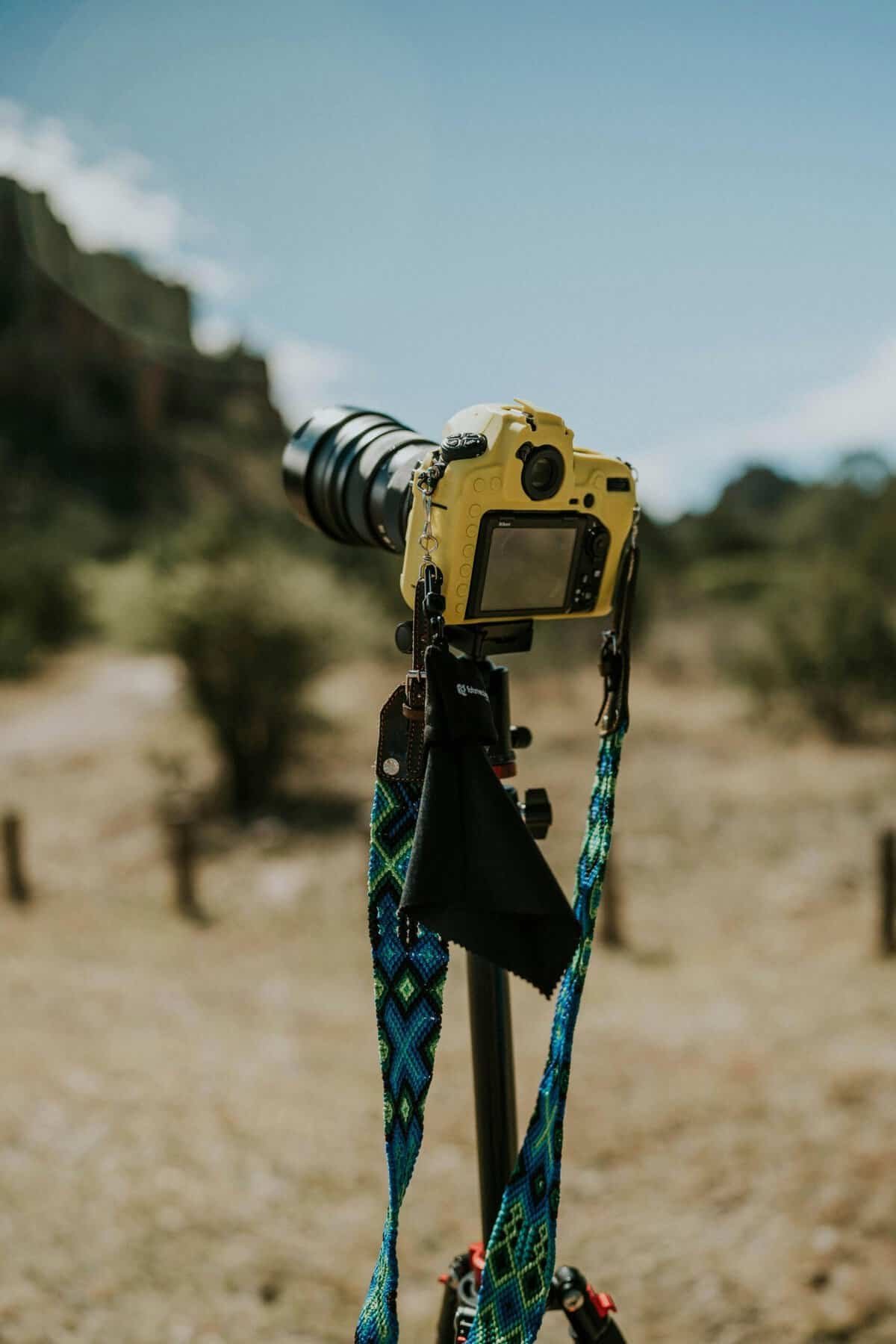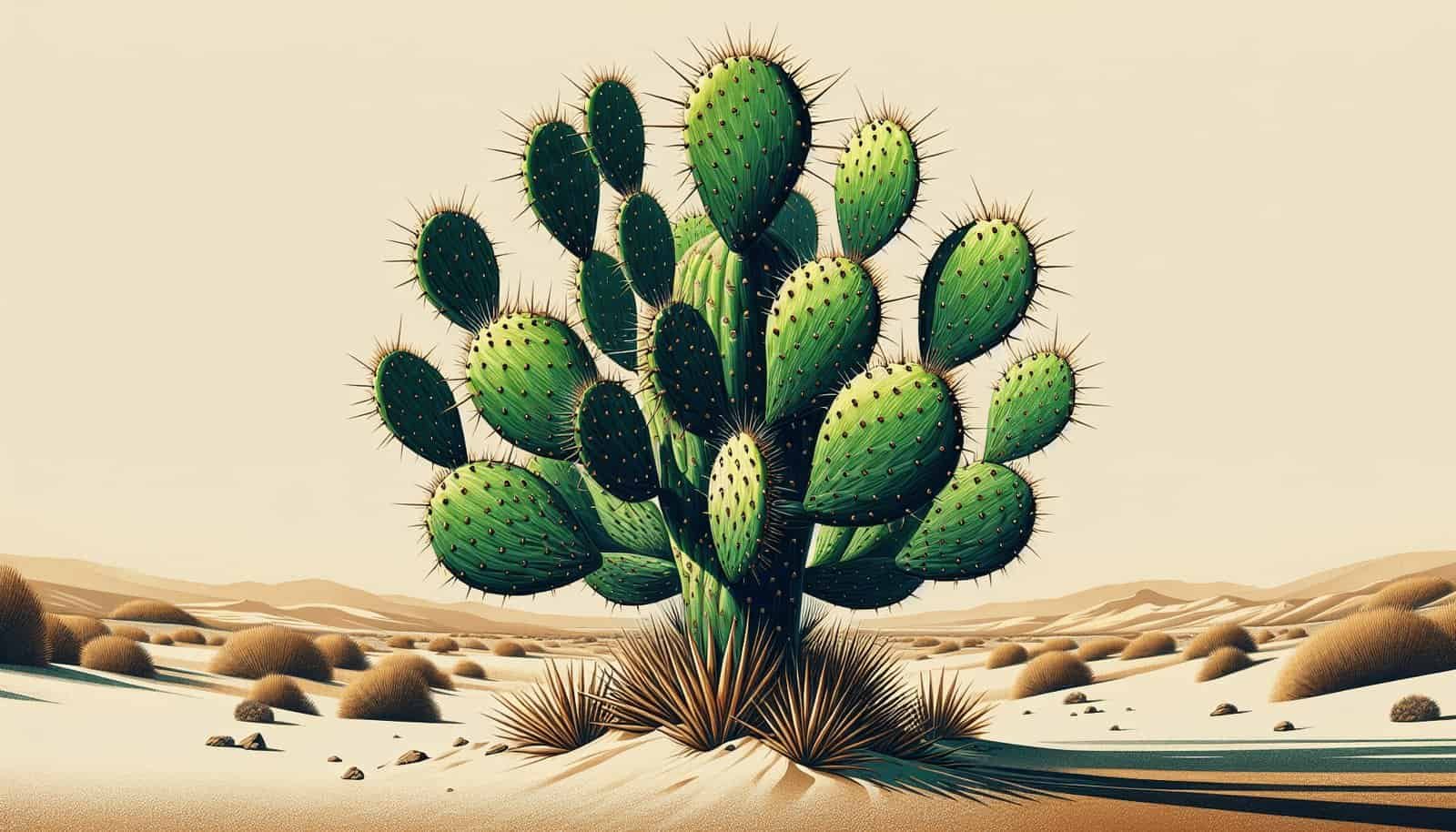Have you ever found yourself staring at a Nopal cactus, wondering how exactly you could move it from one spot to another without causing any harm? Perhaps you’re looking to optimize your garden space, or maybe you’ve been gifted one and need to give it a new home. Understanding the transplant process might seem daunting, but with the right steps, you can ensure that your Nopal cactus thrives in its new environment. In this guide, you’ll discover a friendly approach to transplanting your Nopal cactus effectively.
Understanding the Nopal Cactus
The Nopal cactus, often recognized by its distinct paddle-shaped pads, offers not only an attractive addition to your garden but also several nutritional and medicinal benefits. Originating from the arid zones of Mexico, it is well-suited to environments with little water. Before moving it, it’s crucial to understand what makes it unique.
A Brief History
Nopal cacti, notably from the Opuntia genus, have been part of Mexican culture for centuries. Used both as a staple food source and traditional remedy, these cacti symbolize resilience and life in harsh conditions.
Key Characteristics
You’ll find that Nopal cacti are drought-tolerant and boast vibrant flowers when in bloom. Their pads, which are actually modified stems, store water and essential nutrients. When thinking about transplanting, considering these attributes will guide you in providing the right conditions for replanting.
Choosing the Right Time
Timing plays a pivotal role when transplanting Nopal cacti. Ensuring that you choose the optimal time will facilitate a smoother transition, aiding in the cactus’s recovery and growth.
Ideal Seasons
Generally, you should aim to transplant during the warmer months, particularly spring or early summer. During this period, cacti naturally go through a growth phase, making it easier for them to adjust to new soil.
Avoiding Extreme Conditions
Extreme weather conditions—both hot and cold—can stress the plant. You’ll want to avoid transplanting during harsh summer heat or winter cold, as these can slow down the recovery time for your cactus.

Preparing for Transplantation
Once you’ve zeroed in on the when it’s time to prepare for the how. Proper preparation can be the difference between a thriving and a struggling cactus.
Gather Required Tools
Before you get started, ensure you have all necessary tools at the ready. This includes a shovel for digging, gloves to protect your hands from the spines, and a planter or designated garden spot.
| Tool | Purpose |
|---|---|
| Shovel | Digging out the cactus and preparing the site |
| Gloves | Protection from the spines |
| Planter/soil | New home for your cactus |
Choosing the Right Spot
Decide on the perfect spot for your Nopal cactus. This should be a location that receives adequate sunlight while having well-drained soil. By placing it in an ideal environment, you set your cactus up for success.
The Transplantation Process
Now that you’re all set, here’s the step-by-step process to transplant your Nopal cactus. Approach each step with care to avoid damaging the plant.
Carefully Removing the Cactus
The first step is to remove the cactus from its current home. To do this safely, gently dig around the base, ensuring you don’t damage the roots. As you lift the cactus, maintain as much soil as possible around its roots.
Handling with Care
With gloves on, support the pads as needed. Since Nopal cacti are prone to breakage, gentle handling is essential to prevent damage. Using a thick cloth or towel can help you grip the cactus more securely.
Preparing the New Planting Site
Whether you’re moving your cactus into a pot or directly into the ground, the next step is preparing its new home. Dig a hole slightly larger than the root ball and place your cactus carefully inside. Fill around with soil while ensuring the cactus stands upright.

Post-Transplant Care
The journey doesn’t end once the cactus is in its new spot. Proper post-transplant care will ensure long-term health and growth.
Watering Guidelines
Avoid watering immediately after transplanting. Allow the cactus to settle for about a week, then begin a gentle watering routine. Cacti prefer drier conditions, so overwatering should be avoided.
Sunlight and Protection
Initially, offering a bit of shade can help your cactus adjust. Gradually reintroduce full sunlight as the plant begins showing signs of new growth. Balance is key—too much sun too soon can cause stress.
Troubleshooting Common Issues
Even the best-prepared plans can face challenges. Here are a few common issues and solutions to help your Nopal cactus thrive.
Addressing Root Rot
If you notice mushy pads or an unpleasant odor, your cactus may suffer from root rot, often due to excess moisture. In such cases, check drainage and reduce watering frequency.
Handling Pests
While cacti are generally pest-resistant, they aren’t immune. Should you spot signs of infestation, consider natural pest control methods such as neem oil. Keeping your plant healthy is the best preventative step.

Long-Term Care Tips
Cultivating a symbiotic relationship with your Nopal cactus involves more than just transplanting. Integrating these care tips can optimize its health.
Fertilization Practices
Although Nopal cacti don’t require frequent fertilization, a balanced cactus-specific fertilizer during the growing season can provide a nutrient boost. Follow the product instructions carefully.
Pruning Techniques
Pruning helps your cactus maintain an attractive shape and encourages new growth. Use sanitized tools to remove dead or damaged pads. Remember to do so sparingly to avoid undue stress on the plant.
Reaping the Benefits of Nopal Cactus
Beyond their aesthetic appeal, Nopal cacti offer numerous benefits. Once established, they become a source of nourishment and health.
Culinary Uses
Nopal pads, also known as nopales, are versatile in the kitchen. They can be grilled, sauteed, or added to salsas, giving you numerous culinary options.
Health Benefits
Rich in vitamins and antioxidants, Nopal cactus can contribute to improved digestion and cardiovascular health, making it a beneficial addition to your lifestyle.

Conclusion
By now, you should feel confident about diving into the process of transplanting your Nopal cactus. Understanding its needs and approaching each step with care ensures that your plant not only survives the move but thrives in its new home. Embrace the beauty and benefits of this resilient plant, knowing you’ve taken the steps to nurture its ongoing growth and vitality.

